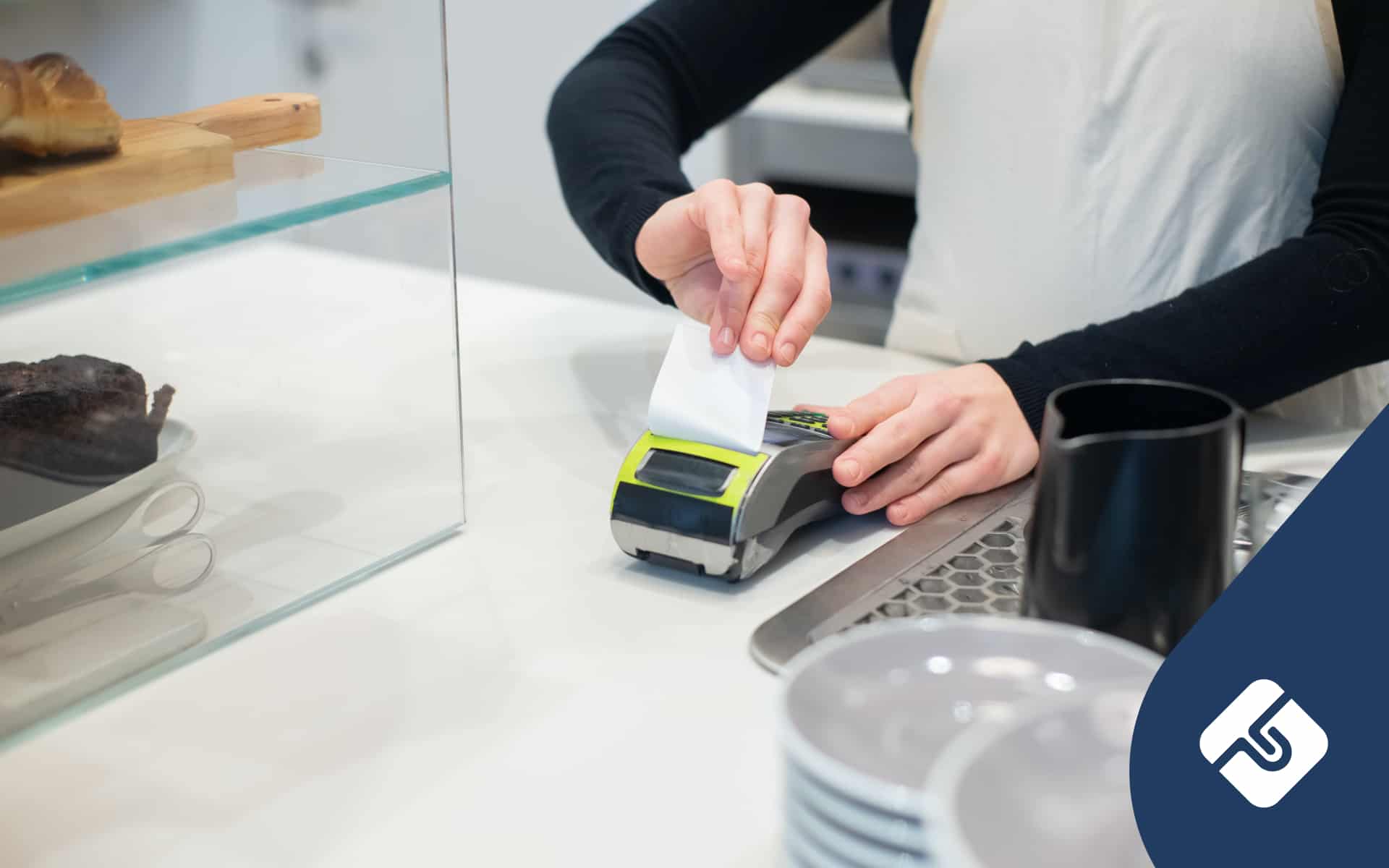Starting your own remodelling business can be an overwhelming experience, however, it is doable. By breaking the project down into smaller tasks, you can set up your business and even enjoy the process! This article provides five helpful tips to kickstart your own remodelling business.
(1) Find Your Niche
First things first, figure out your niche. Although it may seem impressive to be a jack of all trades, those who specialise, have greater credibility. At a high-level, think about whether you’d like to focus on commercial or residential projects. Then delve a bit deeper, think about whether you’d like to specialise in remodelling kitchens, bathrooms, offices, etc.
Alternatively, your niche could be a concept. For example, you could frame your business around providing ‘green’ remodelling. The market is seeing an increase in demand for energy efficiency and the use of repurposed materials. By understanding market trends, you can establish a solid presence before it becomes saturated.
(2) Establish Your Business
Secondly, you’ll need to set up your remodelling business as an official business.
Australian Business Number (ABN)
This involves applying for an Australian Business Number (ABN). An ABN identifies your business to the government and community. It is used to register your business name, claim tax credits, and for invoicing purposes.
Business Name
You may also seek to register your business name. A business name is how you will set yourself apart from competitors. It should communicate to customers what your business is about and be easy to remember. Be sure to check that your business name is available before committing to any branding.
Regulations
It is also important to become well acquainted with building regulations. This will vary from state to state and even from suburb to suburb. Before promising a customer that a remodelling plan can be done, ensure that there will be no roadblocks. It’s better to confirm upfront rather than halfway through the project.
(3) Develop Relationships
Thirdly, network with local suppliers and establish partnering relationships. This will help to secure affordable and reliable materials. It is important that you take the time to vet suppliers as your reputation will inevitably be tied to theirs. If they provide quality materials that arrives on time, you provide quality and timely remodelling services and vice versa. Moreover, establishing relationships may lead to the added benefit of customer referrals.
(4) The Showroom
Next up, creating a showroom. Customers invest a significant amount of money when taking on a remodelling project. Hence, it is important that customers feel confident in their decision. A showroom provides the opportunity for customers to see and feel the end product. It also allows them to obtain more information and ask questions.
The location of the showroom should be within a reasonable distance of the target market. Customers should not feel like going to the showroom is convenient as opposed to a hassle. Moreover, it should allow for foot traffic. This will ensure maximum reach.
(5) Putting Yourself Out There
Lastly, get your name out there. This may involve anything from establishing a website to mailing out catalogs. Furthermore, take advantage of the likes of Facebook, Instagram, and Pinterest. These are the main platforms customers turn to when looking to remodel.
Also consider offering some promotions during the first week or month of opening. This will incentivise customers to give your business a go as they are receiving a discount or an additional perk.
Conclusion
There is no shortage of customers wanting to remodel. The main task is establishing what you intend to offer. Take a customer-centric approach and research the needs and wants of the market. If you seek more tailored advice, it may be worthwhile to reach out to a business advisor and/or lawyer.




